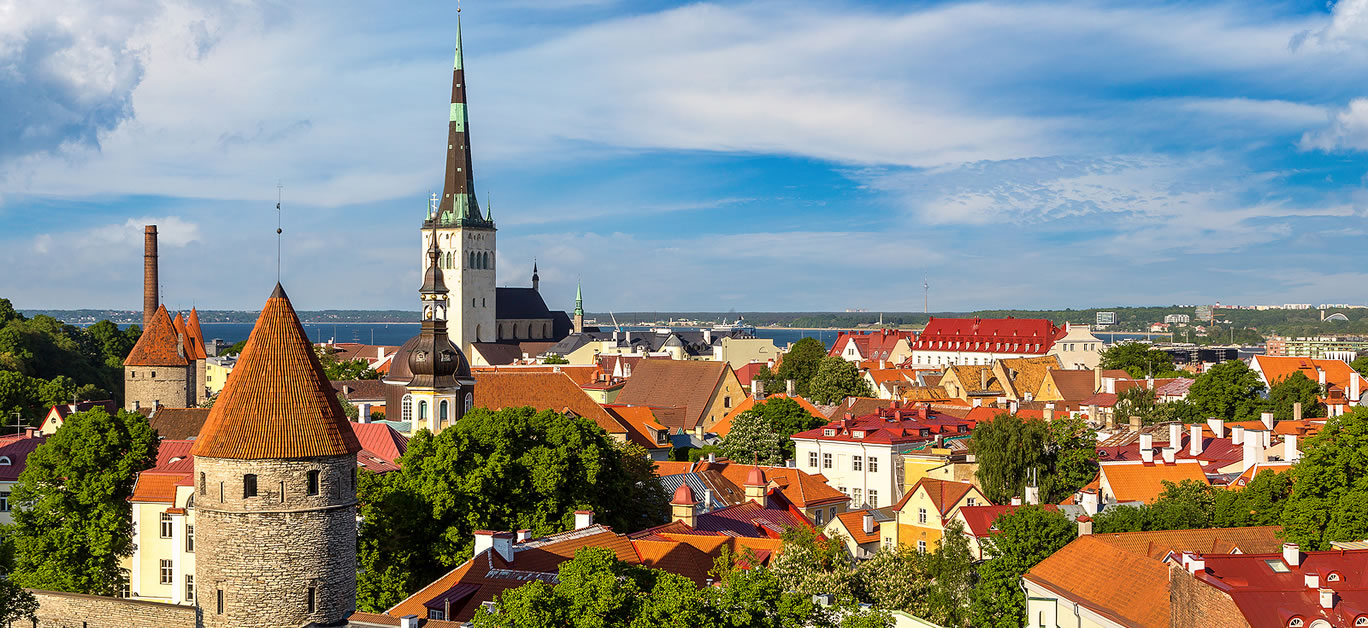Words by Yousif Nur
If truth be told, I didn’t have any expectations of visiting Tallinn for the first time. On the contrary, I wanted to go with an open mind, given I knew next to nothing about Estonia, apart from sharing a border with Russia and that it wanted to market itself as a Nordic country rather than an Eastern European one.
The main reason for my visit was to attend Tallinn Music Week – three days of music and conferences and one of the leading events of its kind in the Nordic region. I wanted to go to a country I’d never been to, I’d been invited a couple of times, and couldn’t make it, so being third time lucky worked a charm.
I flew from Heathrow Terminal 3 with Finnair to Tallinn via Helsinki, but not before I had a quick breakfast and time to unwind at the Club Aspire lounge, where the selection of foods for an early morning was impressive with lots of breakfast options, drinks, desserts and a tap for soft drinks. With a pleasant couple of flights, one of which being the shortest plane ride I’ve had to date, at 25 mins from Helsinki to Tallinn, I arrived in the capital city of Estonia. My first impressions: a compact, quaint, yet modern city with a very young population.
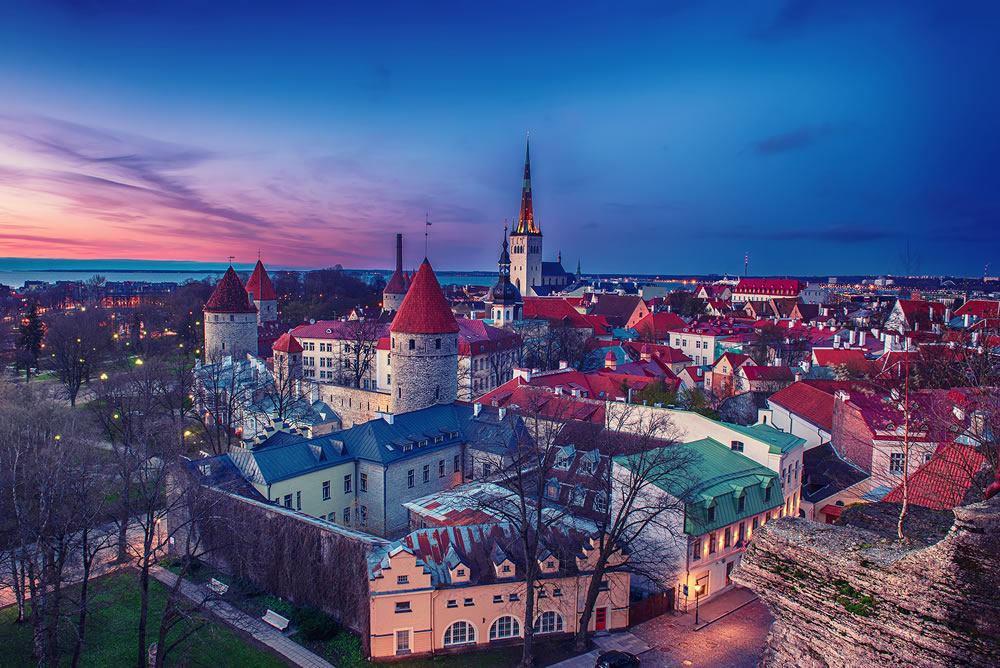
With a short 4km car ride from the airport, I headed to the Nordic Hotel Forum, where I’d be staying, which is considered among the top business hotels in Tallinn. It couldn’t be better placed in terms of location as it’s 150m from the picturesque Old Town, also a UNESCO World Heritage site. In addition, Tallinn’s main shopping and entertainment venues are all within walking distance. Fun fact: the Nordic Hotel Forum is the first in Tallinn to have its own beehives on its rooftop, with six hives and around 360,000 bees.
I was given a standard room, which was spacious, airy and pretty comfortable, with a view of the Coca-Coca Plaza rather than the Old Town. As it was on the seventh floor, it was close to the pool, spa and steam room on the floor above, which I used every morning at 7.30am to set the day’s tone.
Tallinn is a small, medieval city with the main attraction being the Old Town, where most tourist attractions are. A walking tour that lasted about an hour included the Town Hall Square and the imposing Town Hall. On my stroll around the city, I also walked past Toompea Castle, which was built in the 13th and 14th centuries, St. Mary’s Cathedral, the oldest in Estonia, Freedom Square and the medieval-themed restaurant, Olde Hanse, with a menu of recipes that are 700 years old.
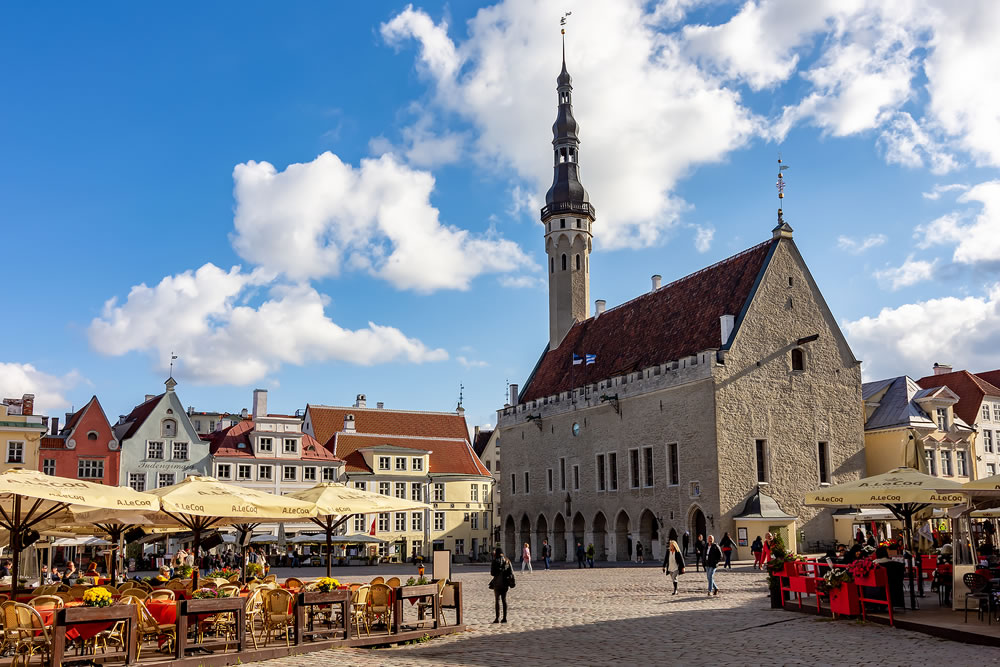
Then it was time to see some music at the Telliskivi Creative City, where most of my time in Tallinn would be spent. I had been invited to see a duo called Duo Ruut at the venue aptly named Club of Different Rooms, where you take your shoes off at the entrance and are made to wear slippers. They played a single instrument, an Estonian Zither, whilst facing each other onstage and singing folk songs, and they drew a large crowd of mainly locals and several curious overseas delegates.
At the Folktronica stage, Symbio were a Swedish duo playing a mixture of folk, rave and house music styles that somehow worked. At times I didn’t know whether to stand and listen or dance around, I certainly look forward to hearing more from them. The Philly Joe’s Jazz Bar was a short walk away, and I decided to watch Maarja Aarma, a local artist performing one instrumental song that lasted 25 minutes, which was the tale of a woman who had it all, but life had brought setbacks.
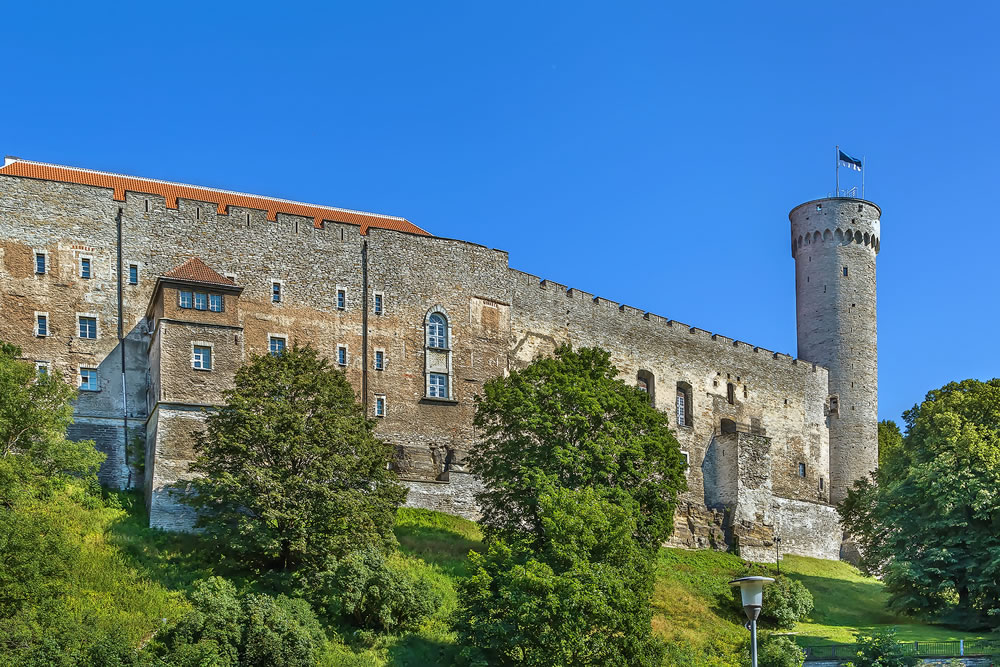
The following morning was the TMW Conference, opened by European Commission director for culture, creativity and sport Georg Häusler and in person by minister of culture Heidy Purga, herself a well-known DJ, and TMW director Helen Sildna, who gave a short speech on the importance of the festival and music. I also hosted a panel regarding the future of AI in radio with radio programmers from Radio France, Radio Helsinki and stations in Germany and the Netherlands. We spent the hour talking about the concerns and the benefits AI can bring towards radio, as it has always been seen as the ultimate survivor of any new tech introduced throughout the decades.
After the intensity of the talk, I wanted to get away from it all and visit Pirita Beach, on the outskirts of Tallinn, about three miles from the city centre and the biggest of its kind in the city. With a five-minute walk through the woods, there is a long stretch of white sandy beach with people either lounging, playing volleyball or soaking up the sun. There were very few tourists as I watched the many sailboats over the horizon.
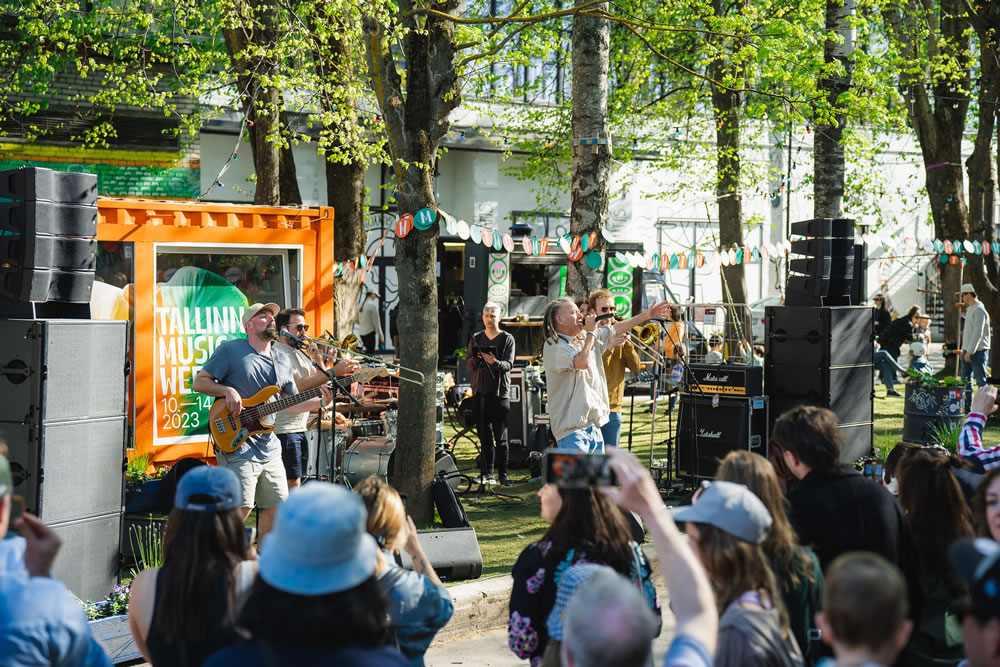
The evening that followed was spent at the Africa Now stage, which was by far the busiest stage of the night. This included Miroca Paris, with his Afro-Portuguese tunes from Cape Verde; Arashka, who got the entire floor dancing with laptop-inspired beats; and Uganda’s Arsenal Mikebe, who were a suited-up percussive outfit and bags of energy, quite literally bringing the noise.
The next day, the Tartu European City of Culture team 2024 invited a group of international delegates to the Aru Manor winery in the remote countryside, where we were treated to drinks and food grown on-site. Because grapes are near-impossible to grow in Estonia, they ferment via the use of rhubarb. As I don’t drink, I opted for some fragrant water with lingonberry, lemon and rhubarb, with local cheeses, bread, spreads and pastes.
Looking for somewhere to eat that is as authentically Estonian as possible? The Fotografiska Restaurant will hit the spot and it is also a photography gallery in Tiliskivy on the sixth floor. Its efforts have been recognised with a Michelin Green Star (for gastronomy and sustainability) as well as second place in the White Guide 2022 Masterclass for Estonian restaurants.
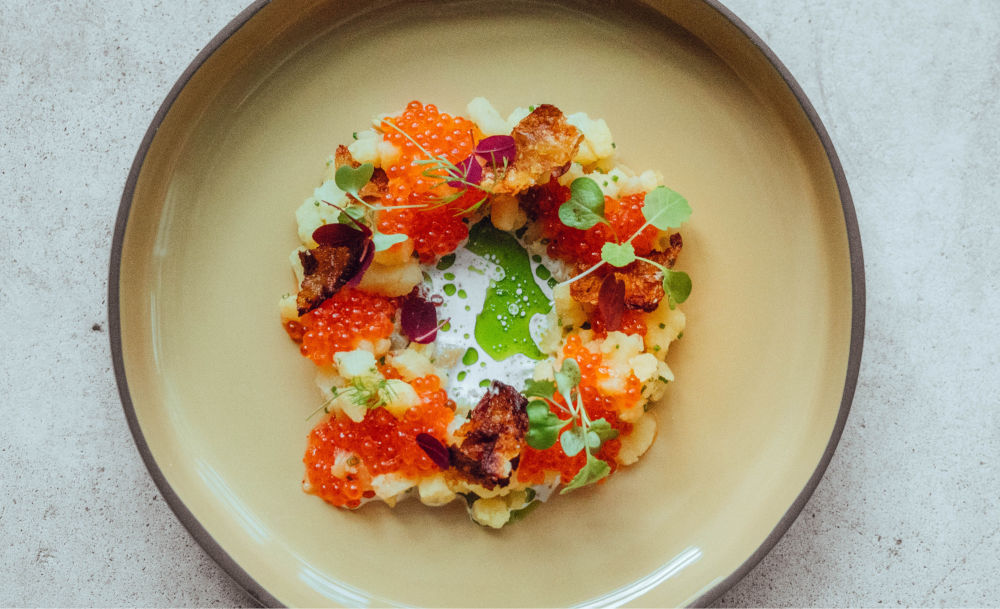
Their concept is simple: waste no raw materials and produce no waste. Everything, from flower to root or nose to tail, finds a use, with any remains left getting put in a compost heap overnight. I started my meal with locally sourced sourdough and spelt bread with a lightly cured whitefish, served with leek-seaweed salat, ponzu sauce and homemade furikake. This was followed by the catch of the day, which was monkfish with white asparagus, spring greens and miso-butter sauce.
I finished with an elderflower-yoghurt parfait for dessert, which worked superbly well with the alcohol-free rhubarb sparkling wine. I was also given my private tour of the restaurant, including their private eating quarters and pantry.
In a nutshell
If you’re looking to go somewhere beyond Sweden and Finland in terms of visiting the Nordic region, Tallinn is a great European hidden gem for a weekend away for a place that’s small but with plenty to do.












